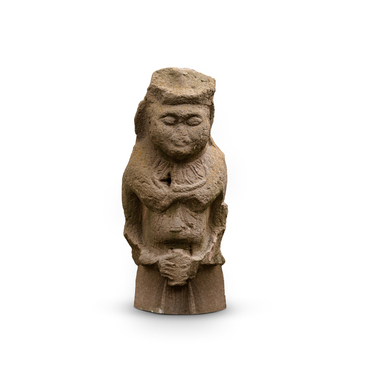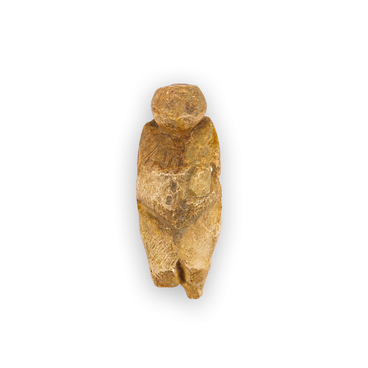The drinking horn of the Scythian period, or rhyton, dates back to the period from the 6th to the 3rd century BCE. It is made of silver. It was found in burial mounds near the village of Mastyugino, in the Ostrogozhsky District of the Voronezh Oblast. The archaeological excavations were conducted there between 1958 and 1962. The rhyton was discovered in the burial chamber of a noble warrior.
During the 1st millennium BCE, for approximately 300 years, the Scythians herded their livestock across the forest-steppe regions of modern-day Voronezh Oblast. Their burial mounds, or kurgans, are still visible on hills above river valleys. Many valuable items were placed within them, indicating the elevated status of those interred. Various ancient cultures, including the Scythians, believed that death was merely a transition to another realm and that individuals would require many of the same items they used during their lifetime.
The rhyton was a wide, funnel-shaped vessel used for drinking, and resembled a horn. It had a hole at the narrow part. It is likely that the hole could be closed, possibly for libations. The rhyton played a role in rituals associated with the gods revered by the Scythians, as well as, for instance, when taking an oath of blood brotherhood.
All ritualistic acts took place in front of witnesses. Wine was poured into the rhyton. Participants in the act made cuts on their hands and mixed their blood with the wine. The contents of the rhyton were then poured over weapons such as bows, arrows, spears, and akinakes swords. After this, parties to the agreement exchanged oaths, and drank wine mixed with blood. The leaders who were taking the oath drank first, followed by the rest of those in attendance.
A scene of such fraternal interaction involving a rhyton was depicted on one of the Golden Scythian plates, which were discovered in Kerch in the 19th century. This ritual, it appears, was common among the military, as it was necessary for warriors to ensure mutual support on the battlefield.
All rhyta shared a common horn-shaped design, although they were made from different materials. Vessels made of metal, wood, clay, and horn have been unearthed by archaeologists. The most ornate rhyta were covered in gold leaf, and their designs reflected Scythian and Hellenistic art. The lower hole was often capped with a tip in the shape of a ram’s head, a sacrificial animal that symbolized prosperity.




